Most Comfortable and Uncomfortable Loudness Level Test: The Most Comfortable Loudness Level (MCL) for speech is the volume at which the patient finds listening to speech to be most comfortable, or where she generally chooses to do so. The Uncomfortable Loudness Level (UCL) for speech, on the other hand, refers to the volume at which the patient finds speech to be uncomfortable. The term “Loudness Discomfort Level” (LDL) refers to the loudness level that causes discomfort.

Most Comfortable Loudness Level (MCL)
Most Comfortable Loudness Level (MCL) is a fundamental concept in audiology. It represents the sound level at which an individual perceives auditory signals as comfortable. In simpler terms, it’s the volume at which sounds are just right, not too soft or too loud, for a person’s ears.
Importance of MCL
Understanding a person’s MCL is crucial for various applications, such as hearing aid fittings and sound therapy. It helps audiologists customize hearing solutions to ensure individuals receive the right volume for optimal hearing comfort.
Uncomfortable Loudness Level (UCL) or Loudness Discomfort Level (LDL)
Uncomfortable Loudness Level (UCL) is the opposite of MCL. It denotes the highest sound level a person can tolerate without discomfort. In essence, it’s the point at which sounds become too loud to bear.
Significance of UCL
Knowing a person’s UCL is vital in preventing hearing damage. Exposure to sounds beyond one’s UCL can lead to hearing loss and other auditory issues. Audiologists use UCL data to set safe sound levels for hearing aid users and noise-exposed workers.
Most Comfortable and Uncomfortable Loudness Level Test
Speech Material used for obtaining the MCL and UCL
Continuous discourse, spondee words, and sentences are the common types of speech material utilized to obtain the MCL and UCL. “Continuous discourse” (or “cold running speech”) typically refers to a recorded selection of some writing. To enable the patient to concentrate on the material’s volume without being diverted by its content, somewhat dull choices are made.
Contour Test
The fundamental strategy entails shifting the speech volume up or down until the patient indicates that it is too loud for the MCL and too quiet for the UCL. A different strategy uses categorization techniques like the Contour Test (Cox, Alexander, Taylor, & Gray, 1997). The Contour Test, which was initially developed for use with tone stimuli, was successfully applied by Punch, Rakerd, and Joseph (2004b) to assess MCLs and UCLs for spondee words.
Procedure for Contour Test
In this test, the subject is asked to listen to spondee words that are said one at a time and at varying volumes, and then score the loudness of each word using a list of descriptive terms.
An example would be a seven-point scale, where
- 1 is “very soft,”
- 2 is “soft,”
- 3 is “comfortable, but slightly soft,”
- 4 is “comfortable,”
- 5 is “comfortable, but slightly loud,”
- 6 is “loud, but OK,” and
- 7 is “uncomfortably loud.”
Dynamic Range
The dynamic range is the difference between the patient’s SRT and UCL in dB. In essence, it represents the patient’s usable listening space. The dynamic range of a patient would be 100 – 15 = 85 dB wide, for instance, if she had an SRT of 15 dB HL and a UCL of 100 dB HL. This means that an 85 dB wide range of sound intensities can be heard by the patient.
The fact that their thresholds are raised but their UCLs largely stay the same, resulting in a constrained dynamic range, is one of the fundamental issues that many people with sensorineural hearing impairments deal with. For example, if a patient’s SRT is increased to 65 dB HL while her UCL remains at 100 dB HL, her dynamic range will be 100 – 65 = 35 dB wide.
Conclusion
Understanding the Most Comfortable Loudness Level (MCL), Uncomfortable Loudness Level Test (UCL) or Loudness Discomfort Level Test (LDL), and Dynamic Range is crucial for both audiologists and individuals. These concepts help tailor hearing solutions, prevent hearing damage, and enhance our overall auditory experience.
FAQs
MCL is determined through audiometric tests, where individuals are asked to adjust sound levels until they find the most comfortable volume.
Yes, UCL can change due to various factors like noise exposure and age-related hearing changes.
Common signs include discomfort or pain in response to everyday sounds, such as the ringing of a phone or the honking of a car horn.
Audiologists use specialized equipment to gradually increase the volume until the patient reports discomfort, which determines their LDL.
Yes, dynamic range is critical for a high-quality listening experience. It ensures that music and audio maintain clarity and impact across a wide range of volumes.
References:
- Essentials of Audiology – Stanley A. Gelfand, PhD (Book)
You are reading about:
Most Comfortable and Uncomfortable Loudness Level Test

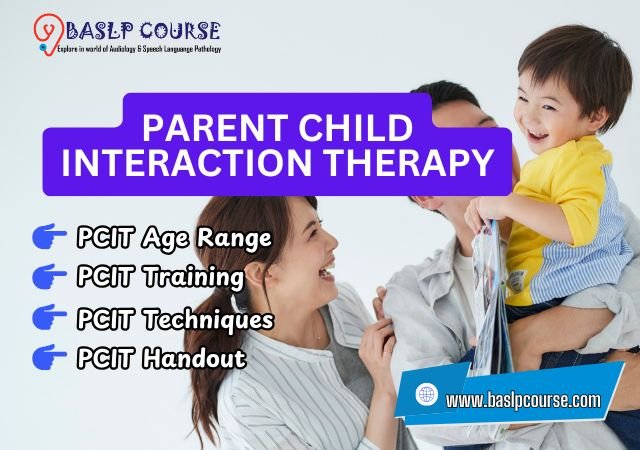
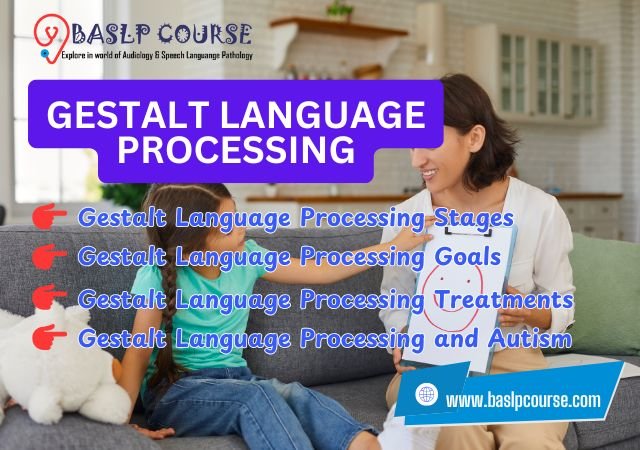
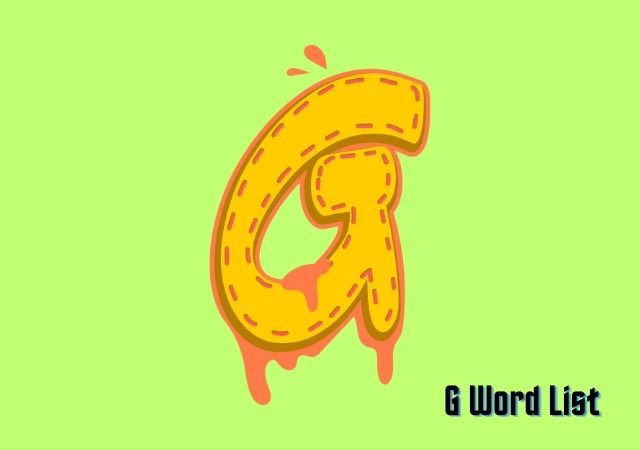
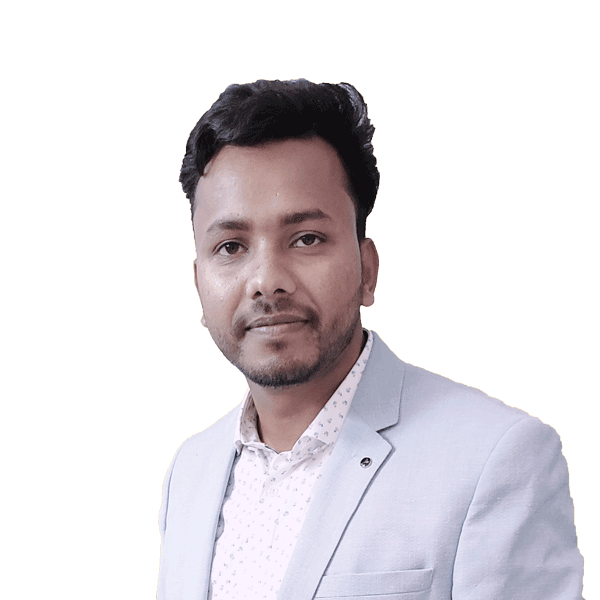
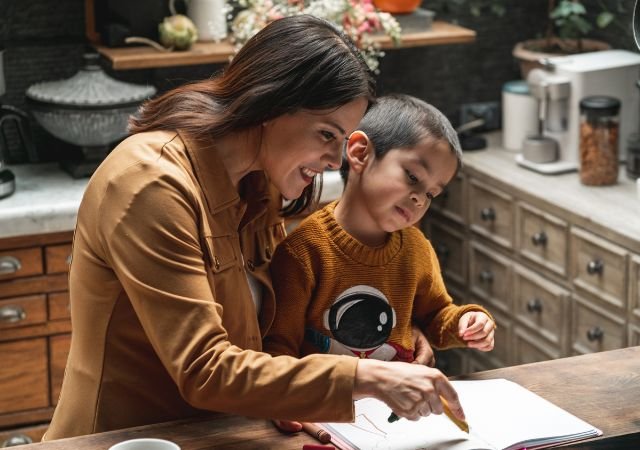
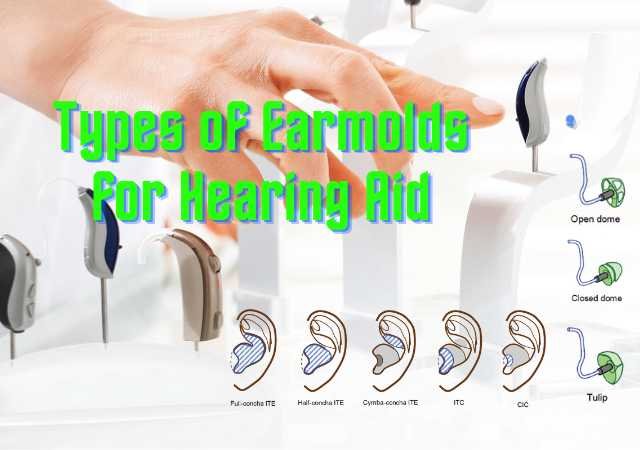
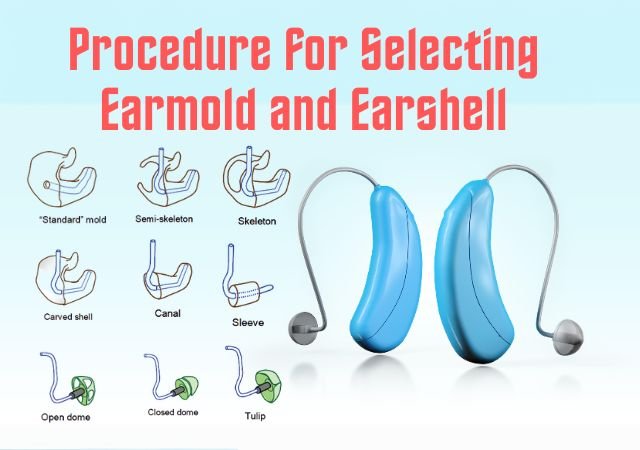
Yr baki jo remaining topics h unke notes b upload krdo